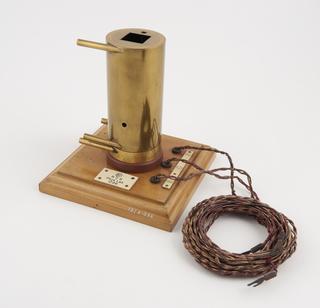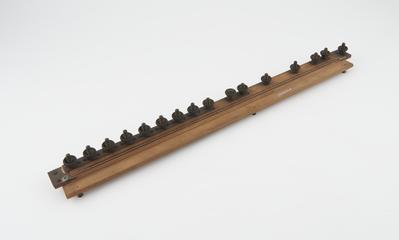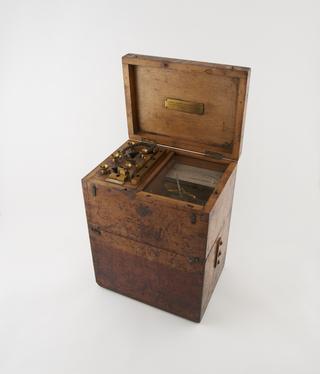
Callendar's Disc 'Radio-Balance', 1905-1920
1905 (invented); 1907-1920

1905 (invented); 1907-1920

1850-1900

1850-1900

1887

1895-1910

1886-1930

1886-1930

1902-1930

1886-1930

1905-1906

1886-1930

1887

1894

1910

1905

1886-1930

1886-1930
1897
1904
1900-1928
circa 1910
1886-1930
1914